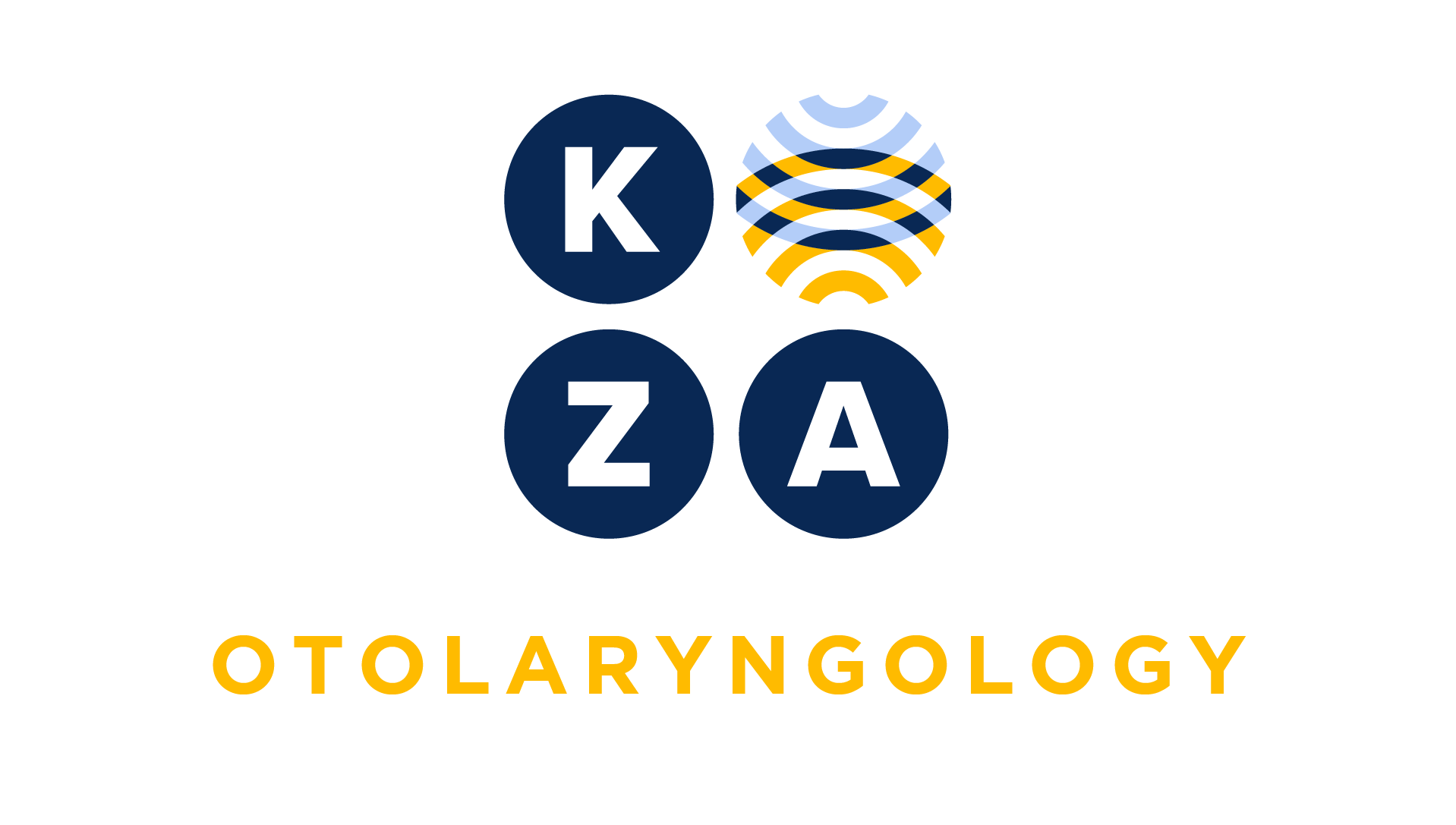
Choose your specialty from the list below to see how our experts have tackled a wide range of client questions.
Looking for something specific? Utilize our search feature by typing in a key word!
Using G0268 for Cerumen Removal
When would I ever use G0268 for cerumen removal vs 69210?
Question:
When would I ever use G0268 for cerumen removal vs 69210?
Answer:
G0268 is a HCPCS II code for “Removal of impacted cerumen (one or both ears) by physician on same date of service as audiologic function testing” while CPT code 69210 says “Removal impacted cerumen requiring instrumentation, unilateral.” Historically, G0268 was used for the otolaryngologist’s work to remove impacted cerumen on the same patient as the audiologist performed diagnostic testing on the same day and all services were billed by the physician. Using G0268 allowed payment for the procedure performed by a different provider because cerumen removal by an audiologist would be included in the diagnostic testing service.
Since 2008 when Medicare required audiologists to bill for their services separate from the physician, we’ve not had to use G0268 as often. Most payors will separately credential audiologists (which we recommend doing, by the way) so they can bill separate from the physician; again, decreasing the need to use G0268.
So when would you use G0268? When you, the physician, are submitting a claim for removal of impacted cerumen as well as the diagnostic testing performed by your audiologist on the same dayandthat payor “bundles” 69210 with the diagnostic testing. You’d use G0268, instead of 69210, to show a different provider performed the cerumen impaction removal.
*This response is based on the best information available as of 5/9/19.
Fascia Lata Graft Denials
We routinely bill 69631 (tympanoplasty) and 20922 (temporalis fascia graft). We’ve been paid but now we’re being asked to give money back. Can you help?
Question:
We routinely bill 69631 (tympanoplasty) and 20922 (temporalis fascia graft). We’ve been paid but now we’re being asked to give money back. Can you help?
Answer:
A thigh fascia lata graft was not harvested to support 20922. Rather, if a temporalis fascia graft is harvested through a separate skin incision then you may separately report 20926 (tissue graft). However, if the tympanoplasty is performed via post-auricular incision then 20926 is not separately reported for the temporalis fascia graft since it is considered a “local” graft.
*This response is based on the best information available as of 2/14/19.
Endoscopic Control of Epistaxis
We use coding software to help us with modifiers, procedure descriptions, RVUs etc. In the description for 31238 it mentions electrical cautery or laser but we use silver nitrate. Is…
Question:
We use coding software to help us with modifiers, procedure descriptions, RVUs etc. In the description for 31238 it mentions electrical cautery or laser but we use silver nitrate. Is this code appropriate to use with use of silver nitrate only?
Answer:
The official AMA CPT instructions do not specify what tool or substance is used for control of epistaxis. CPT 31238 merely states there is “control of nasal hemorrhage” endoscopically. The most important aspect of this code is that the endoscope is held parallel to the instrument/tool/substance being used for epistaxis control.
*This response is based on the best information available as of 11/29/18.
Post-Tonsillectomy Bleed
I am being told that treating a post-tonsillectomy bleed in the ED with local anesthesia and silver nitrate will not be paid. Is it true that the only code that would be reimbursed
Question:
I am being told that treating a post-tonsillectomy bleed in the ED with local anesthesia and silver nitrate will not be paid. Is it true that the only code that would be reimbursed is bringing the patient back to the OR?
Answer:
Medicare says that the tonsillectomy’s 90-day postoperative period includes treatment of any complications (e.g., bleed) unless the patient is taken to the operating room. So if this is a patient covered by Medicare, or Medicare payor, then the ED service would not be billed. You’ll have to check your non-Medicare plans to determine their postoperative global period policy and whether services provided in the ED related to the surgical procedure are separately payable.
*This response is based on the best information available as of 09/06/18.
Removal of Tympanostomy Tube
What is the code for removal of a tympanostomy tube when it was placed by another physician? I can’t seem to find it in the CPT book anymore.
Question:
What is the code for removal of a tympanostomy tube when it was placed by another physician? I can’t seem to find it in the CPT book anymore.
Answer:
Oh my goodness – that code describe was revised in 2003! CPT 69424 now states: Ventilating tube removal requiring general anesthesia. If the tube is removed under local, or no, anesthesia then it is included in your E/M service and not separately coded.
Please come quickly to an upcoming KZA coding course!Here are the dates and locations.
*This response is based on the best information available as of 03/15/18.
Denials of 30930 with 30140
We are getting denials when billing 30930 (outfracture of inferior turbinates) with 30140 (submucous resection of inferior turbinate). Do you know how we can get paid?
Question:
We are getting denials when billing 30930 (outfracture of inferior turbinates) with 30140 (submucous resection of inferior turbinate). Do you know how we can get paid?
Answer:
Actually, it is not accurate to use both codes together for procedures on the same turbinate. CPT guidelines clearly state that 30930 (and 30801, 30802) are included in 30140 and should not be separately coded. So, no, we cannot help you get paid but we can help you stay out of trouble by advising you not to report 30930 with 30140.
*This response is based on the best information available as of 03/01/18.

